Even with all the innovations made in the realm of digital audio, the issue of digital noise and EMI/RFI is pervasive and entrenched in many of our audio systems. Particularly for USB DACs, the signal path from our PC/media server is enormously susceptible to these undesirable effects. In addition, our placement of these devices is also limited by 5 meters of USB before massive sonic degradation. Wouldn’t it be great if we could somehow transform our USB DACs into more of a music streamer device? We won’t be limited by distance and we won’t have to worry about noise emanating along the signal path.
Enter the PS Audio LANRover
Being a huge fan of the PS Audio P10 Power Plant, when I got word from PS Audio’s CEO Paul McGowan on a new USB device he was working on, I immediately requested a review unit. It seems like these USB conditioners are quite prevalent in the audio space now. I’ve recently reviewed quite a few of them including the Uptone Regen, Wyred 4 Sound Recovery, Audioquest Jitterbug, and iFi nano iUSB3.0. I didn’t expect to have the LANRover as part of that review but figured it was a worthwhile experiment. Turns out, even as a desktop USB conditioner with the sender attached directly to the receiver, it absolutely blew away the rest of the cast. For that reason I wanted to dedicate an entire review for this wonderful device.
As mentioned, these devices exist because they solve a pervasive problem in digital audio land: jitter and EMI/RFI. The PS Audio LANRover is bit different from the other USB solutions. It is an USB Networked Conditioner (UNC) that involves a USB connection on both ends and a wireless/Ethernet network in-between. UNC is an acronym I made up but I think it sums up what this device does. You could have your server in one room and play to a DAC in another room, as long as you have network coverage in that area. For all the server knows, the DAC is directly connected. The best part is the inherent galvanic isolation provided by the network. This ensures optimal audio quality without worrying about junk emanating along the signal path.
The LANRover “cuts the wire” in a sense and allows you to place your DAC and server anywhere in your home with the additional sonic performance to boot! Neat!
Main Features:
- Regenerates, cleans, and reclocks USB audio data
- Galvanically isolates DAC from computer or music server
- Buffers and retimes audio data irrespective of computer or server
- Removes any need for separating 5V from USB cable
- Eliminates computer jitter
- Removes computer digital and power supply noise
- Increases possible distance between computer and DAC from a maximum of 5 meters to 100 meters
- Works over home LAN router
- Place computer or music server in one room and DAC in any other
- Dramatically enhances sound quality of USB audio
- Works with PCM or DSD audio
- PCM to 352kHz, single or double rate DSD
- Requires no additional software
- Works with any installed USB driver
- Windows, Linux and Mac compatible
Here’s what PS Audio had to say about the goals of the LANRover:
By converting the USB data into packetized network data we get two major benefits. First, near perfect isolation cutting the computer’s crowd noise and jitter levels so effectively the level would be acceptable in a quiet library. And that has HUGE sonic benefits. Second, once converted to network audio, as opposed to directly connected USB audio, we can place a great deal of distance between the two boxes if we want to–the computer can be anywhere in the house and connect to your DAC anywhere else. We can do this even over WIFI. Imagine your computer’s no longer in the listening room, but upstairs in the office where it belongs. Bingo!
LANRover is a matched pair solution to the problems of USB audio. The first of the two devices connects to the USB output of the computer or server. Here, timing, noise, jitter, ground, and power supply voltages from the computer are abandoned, and a new individually packetized datastream is regenerated. Unlike USB audio packets, these new data are in a different format, one that does not suffer USB’s shortcomings. Data are regenerated in new form and sent over a Cat5 cable in the same format as music you might download from a distant server. Just as you can download and share high resolution music over the internet without compromising performance—and send it next door or around the world—this newly generated data is impervious to distance or cable types.
Sonore microRendu & Uptone UltraCap LPS-1
Something similar has been recently released into the market as well, the Sonore microRendu ($690 with power supply). It supports a multitude of streaming options, including Roon. I couldn’t get the LANRover to connect as a local device to my Roon Linux server so I ended up using my MSI GS40 laptop and Roon as the source.
The LANRover is in the upper echelon of USB conditioning so a comparison to the Sonore microRendu (mR) is fitting. I paired the mR with a beast of a linear power supply: The Utpone UltraCap LPS-1. This power supply has single-handedly elevated my system at least trifold (review coming soon!).
Audio Chain:
- MSI laptop (Killer Wireless 1525, 5GHz) -> Chord SilverPlus USB cable -> PSA LANRover Sender -> SOtM dCBL-CAT6 ethernet cable -> PSA LANRover Receiver -> USB-A to USB-B mini-adapter -> Chord DAVE
- Interesting Findings:
- The stock Monoprice Ethernet cable didn’t cut it. The LANRover actually sounded very flat and dull without a better Ethernet cable between the sender and receiver. It’s a night & day difference in dynamics, clarity, imaging, bass response, and engagement. For this reason, I stuck with the SOtM dCBL-CAT6 cable for this review.
- Wireless setup: When plugging the sender into the WD My Net AC Wi-Fi bridge and MSI laptop and having the receiver plugged into another wireless ASUS EA-66 bridge and the Chord DAVE, the bass response was a bit bloated and the soundstage was collapsed. Still a very smooth sound but muddy and flat. Basically loses all musicality and energy.
- However, when the sender & receiver are directly attached to each other via a SOtM Ethernet cable, the bass tightens and the sound is much more open. It’s a huge sonic difference and I would expect these results if the network environment were optimal. For that reason I’ve kept it in this configuration for my tests.
vs. Sonore microRendu & Uptone UltraCap LPS-1
About a Girl – Nirvana – Bleach (US Vinyl – 1st Press) – (DSD128)
- The PSA is more analog sounding. Very smooth. Kurt’s voice sounds quite eerie and natural. I still think about this sound.
- mR is more dynamic, engaging, and musical.
- Separation, layering, and noise floor is much better on the mR. More detailed.
- All the performers are much better delineated on the mR. They each have their own acoustic space whereas on the PSA there’s a bit of blending. Not distracting at all though.
- PSA has this really addictive sound signature. Although not as dynamic or detailed, the sound is enjoyable and well put together.
Take Five – Desmond, Paul – Jazz at the Pawnshop (DSD128)
- Sounds absolutely incredible on the mR. Paul Desmond on that saxaphone…enchanting at the very least.
- The drum line at 4:00 is simply breathtaking on the mR.
- PSA is a bit flatter and less dynamic. Great sound but not as engaging as the mR. There’s more bleeding between the performers. The saxaphone blends with the piano and drums a bit.
- PSA is so silky smooth…I don’t think I’ve ever heard digital audio this smooth. If you’re looking for more of an analog sound…the PSA is a winner.
- mR has a much more holographic and atmospheric sound. It definitely has more of an exciting sound over the PSA.
Snowflake – Lara Ruggles (From Out of an Eggshell) – PS Audio Sonoma Master Series – One (DSD64)
- PSA has an amazingly analog sound. I can’t stress how amazing smooth it sounds. A very natural, cohesive sound.
- mR has a bit more grain on the vocals. Bass response is much better. Much better layering. Much more engaging sound.
- I gotta say I like the smoothness of Lara’s voice on the PSA.
- mR much cleaner sound, blacker background. You hear more detail and just more of the music with the mR. I honestly think the vocals sound better on the PSA.
- Doesn’t mean the PSA is bad…just a different sound I think some would appreciate more than the mR. The mR definitely has a more alertness in its presentation.
Santo Domingo – Rodrigo y Gabriela – 11:11 (Bonus DVD) (48/16)
- mR: An amazing treat. The way Gabriela knocks the guitar…too sexy. I love these guys. At 3:00 you could hear her knock while Rodrigo taps his feet (I think it’s his feet, I don’t have the DVD lol).
- PSA: Quite an elegant sound. No grain, just very natural sounding.
- mR has more vibrancy and sparkle in the guitar plucks and knocks and PSA is just more analog sounding (not sure how else to put it). PSA is also a tiny bit more forward. PSA has this really organic sound. Admittedly the smoothness is growing on me. It’s calm and relaxed without losing its musicality. I could imagine this sounding superb on a 2-channel setup.
- mR better delineation and layering but loses a bit of cohesion versus PSA.
Love Song – Adele – 21 (Unmasters) (44/24)
I can’t stress how much better her unmastered 21 album is.
- PSA sounds a bit muted vs the mR. Adele’s voice is still smoother and more human-like on the PSA.
- mR more sparkle and energy in the music. Guitars are more vibrant. Blacker background.
- Atmospherics are just a toss-up. The PSA has this really organic and earthy sound. The mR is caffeinated and energetic. I think some would prefer one over the other and that’s fine.
Conclusions
As mentioned in my review of the other USB conditioners, the PS Audio LANRover demolished the entire cast in the shootout. It wasn’t even close. Check out the raw notes in that review and you’ll get an idea of how amazing this device sounds. Now juxtaposing it with the microRendu and we have a fairer fight. Keep in mind the microRendu with LPS-1 combo does cost nearly double the LANRover at $1,035 vs the $599 of the LANRover. From my testing, the Ethernet cable used affected the sound enormously. I strongly suggest getting a SOtM CAT6 cable.
UPDATE 4/22/2017: You’ll get an even better and more holographic sound with the SOtM dCBL-CAT7 ethernet cable. An amazing and affordable second option would be the Supra CAT8.
I did mention the significant improvement of sound when connecting the receiver and sender directly together. Obviously this will limit the distance but it could also be the cheapo Ethernet cable in the chain when used in the stated wireless configuration. The sound is still great but the loss in dynamics is noticeable. My guess is if that Ethernet cable is swapped out, all the dynamics will return as the cheap Ethernet cables tend to squash the soundstage and dampen the dynamics quite a bit.
When I first heard the LANRover my initial thought was “analog.” I didn’t hear any digital artifacts or obvious flaws in its presentation. It was very musical, very natural, and stupidly smooth. A side-by-side comparison to the microRendu and you start to hear some of the sonic differences. The mR has a more involved and engaging sound, pulling you into the action. It has a darker background, better separation/layering, more expansive soundstage, and just more vibrant. There is a bit more “grain” and a tiny bit of edgeness in the mids but overall a very fun and dynamic presentation.
The PSA LANRover is more laid back and relaxed. I’m just taken aback at how convincing performers sound and how the music just flows. Goosebump-inducing is an understatement. To be honest, this could be a matter of preference as I know some listeners prefer this analog sound over the more forward and energetic sound of the microRendu. Both the mR and PSA have a natural tonality and timbre and sound fantastic. Needless to say, the PS Audio LANRover blew me away, especially at this price-point.
Also I thought it would be fun to stack the LANRover on top of the microRendu.
- with microRendu -> PSA -> DAVE (using stock Ethernet cable for the PSA)
- Heaven. Smooths out the grain on the mR and keeps the dynamics.
- It sounds exactly as you’d expect. There’s a welcomed layer of smoothness without losing much of the shine.
- No complaints about this combination whatsoever. Great sound and the best of both worlds!
For the price, I think the PS Audio LANRover is a no-brainer. It provides amazing sound with its stock power supply and requires no setup. It gives you the flexibility of placing your server and DAC in different rooms far apart and most importantly isolates the signal from the noisy computer/music server. The enormous improvements over the other USB conditioners (outside of the mR) is unequivocal. PS Audio has done a great job finding and tweaking this beautiful device and I’m glad to say their efforts will be well-rewarded as many of us audiophiles will benefit heavily from this technology. Keep up the fantastic work!
Equipment used in review:
- Source/Amplification
- Chord DAVE – $13,000
- Kept on for 2 months
- Crossfeed 3, HF Fil ON, Phase Pos
- microRendu – $640
- Roon + Tidal
- Foobar
- (WASAPI event), exclusive access
- DSD plugin
- MSI GS40 Gaming Laptop – $1,699
- Chord DAVE – $13,000
- Power
- HFC CT-1 power cord x 2 (1.5m) – 2 x $2,375
- HFC CT-1 Ultimate power cord (1.5m) – $6,575
- HFC MC-6 Hemisphere power conditioner – $2,800
- HFC MC-0.5 x 4 – 4 x $299
- Uptone LPS-1 power supply – $395 (used with mR)
- Digital cable
- Chord SilverPlus USB cable – $100
- Networking
- SOtM dCBL-CAT6 1.5m Ethernet Cable – $199
- Standard connector
- Asus EA-N66 – $89.99
- 5Ghz band
- WD My Net AC Wi-Fi Bridge – $150
- SOtM dCBL-CAT6 1.5m Ethernet Cable – $199
- Headphone/Speakers
- Abyss AB-1266 – $5,495
- DHC Complement4 headphone cable – $999.99
- DHC Prion4 headphone cable – $1,799.00
- M-Audio BX5a Monitor – $299
- Abyss AB-1266 – $5,495
- USB Conditioners
- iFi iUSB3.0 nano – $199
- Stock source USB cable
- USB-A to USB-B mini adapter
- Stock power supply
- Uptone Regen – $175
- Chord Silverplus USB cable
- USB-A to USB-B mini adapter
- Stock power supply
- Wyred4Sound Recovery – $249
- Chord Silverplus USB cable
- USB-A to USB-B mini adapter
- Audioquest Jitterbug – $49
- PS Audio LANRover – $599
- SOtM dBCL-CAT6 ethernet cable
- Chord Silverplus USB cable
- Stock power supply
- iFi iUSB3.0 nano – $199

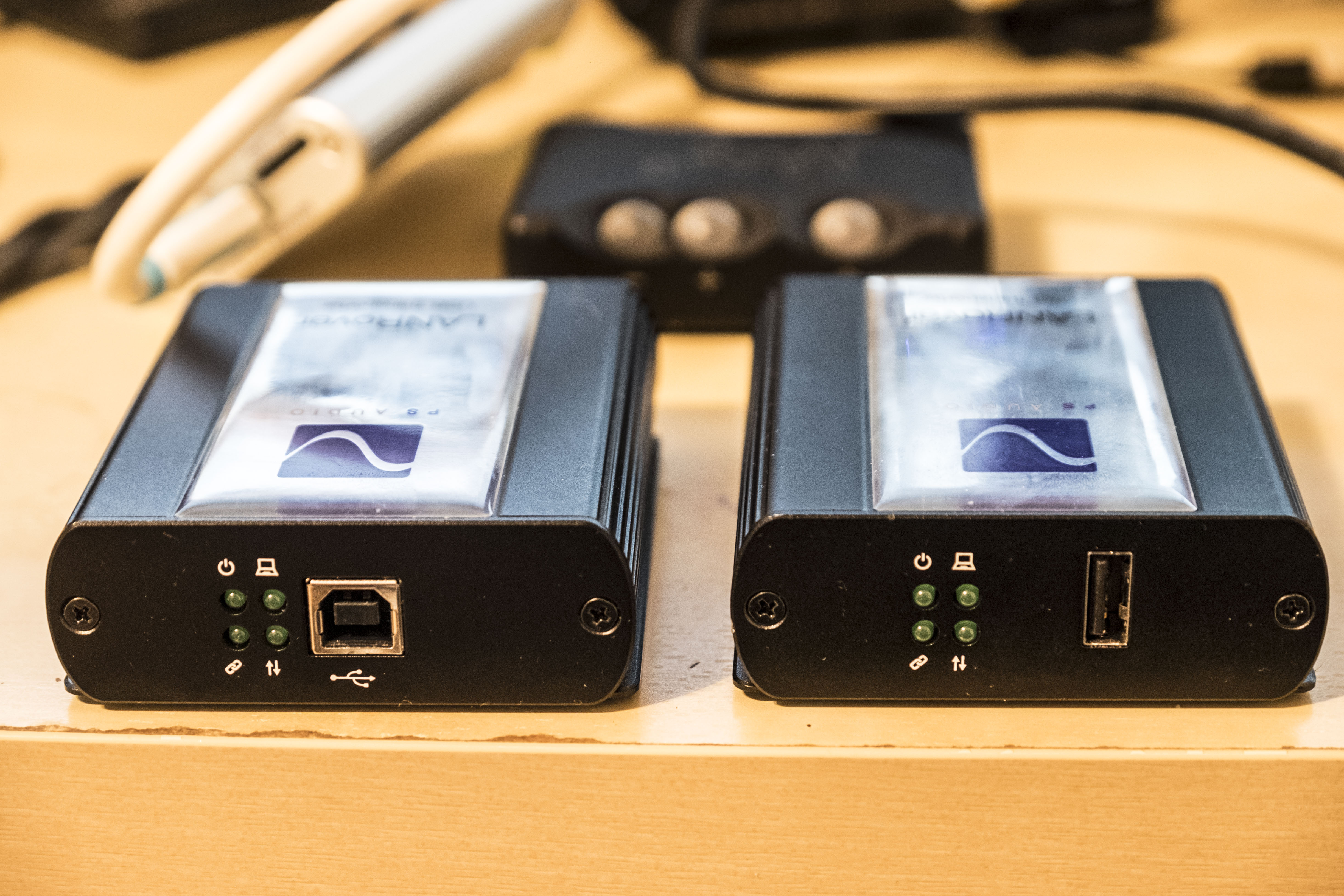
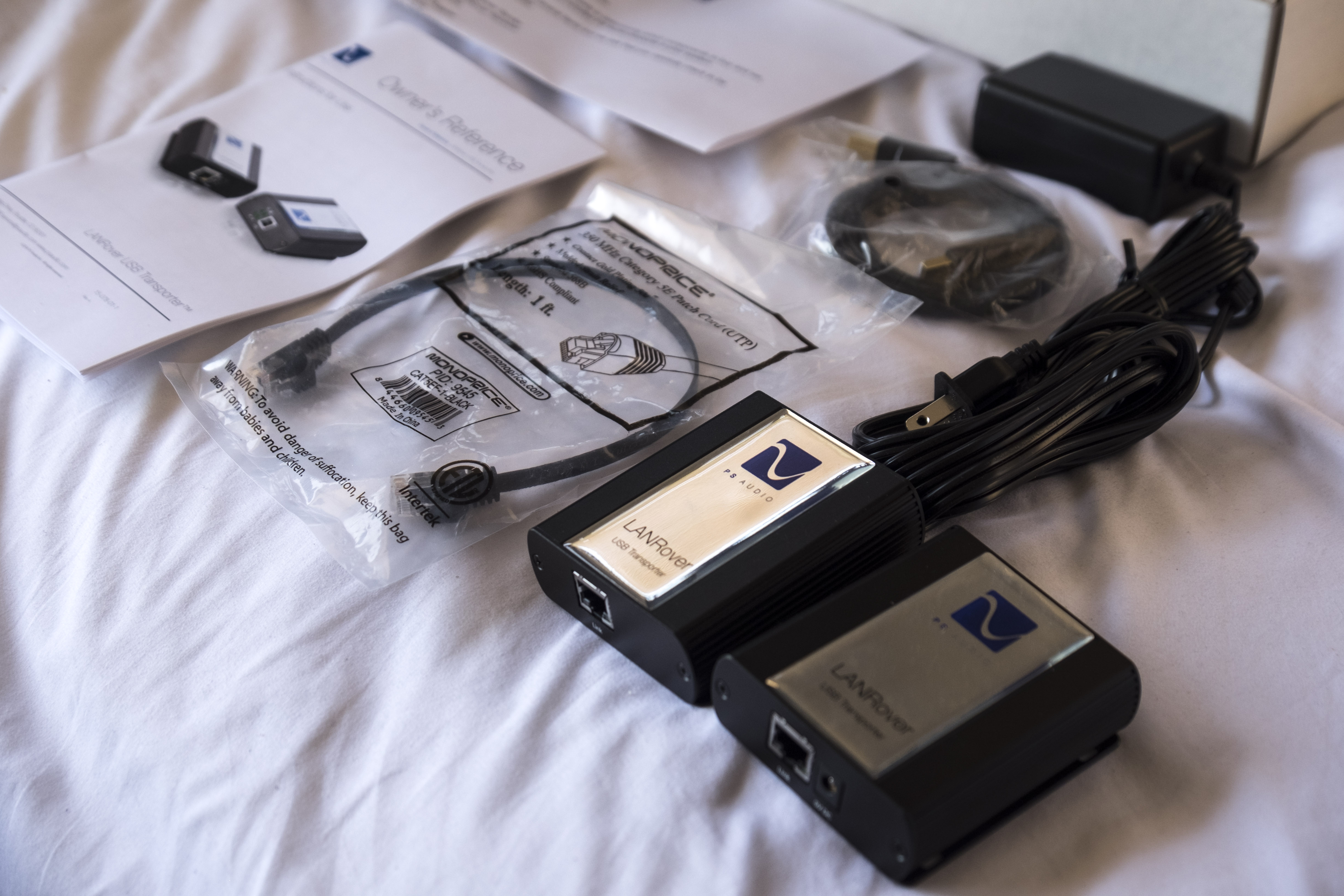
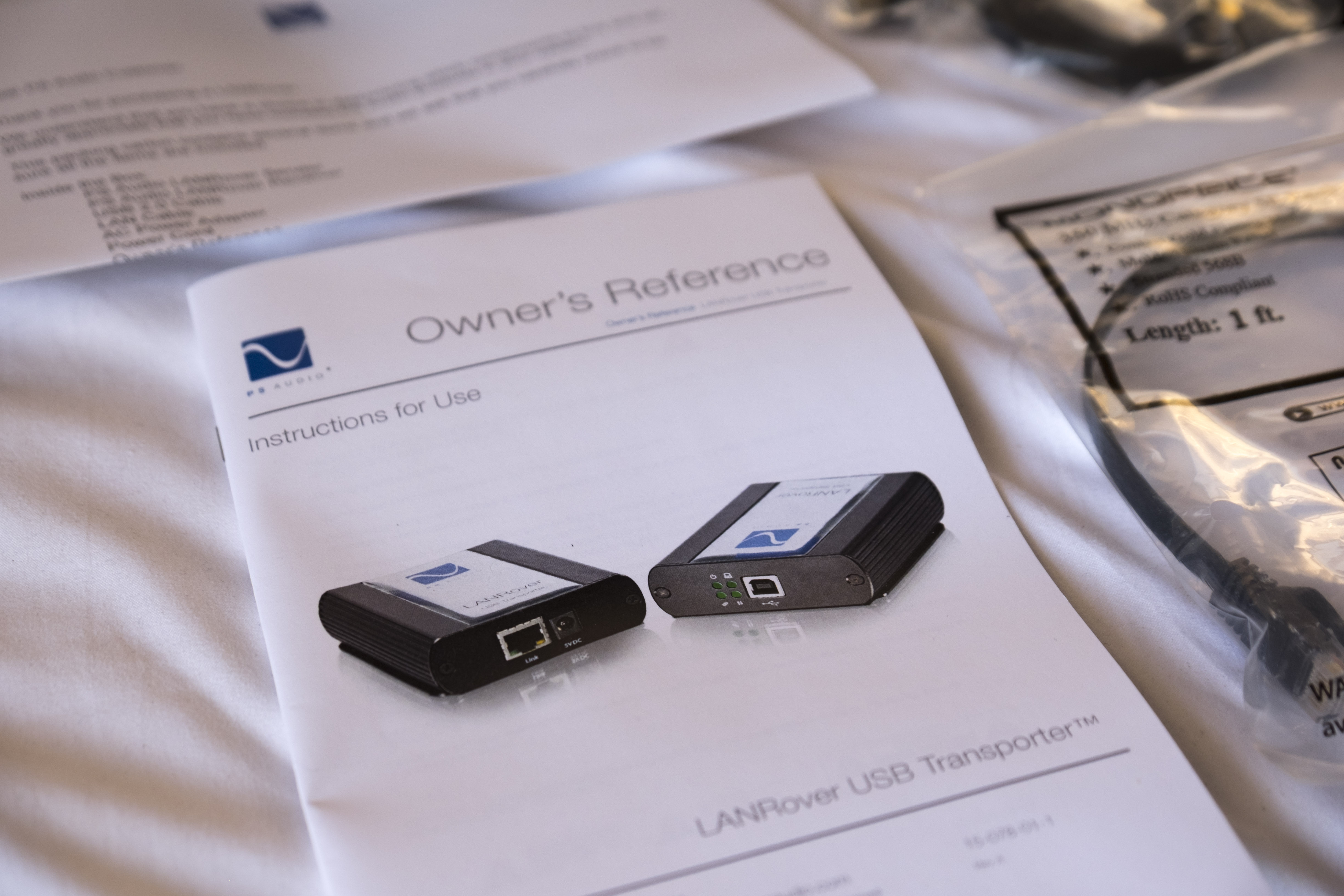
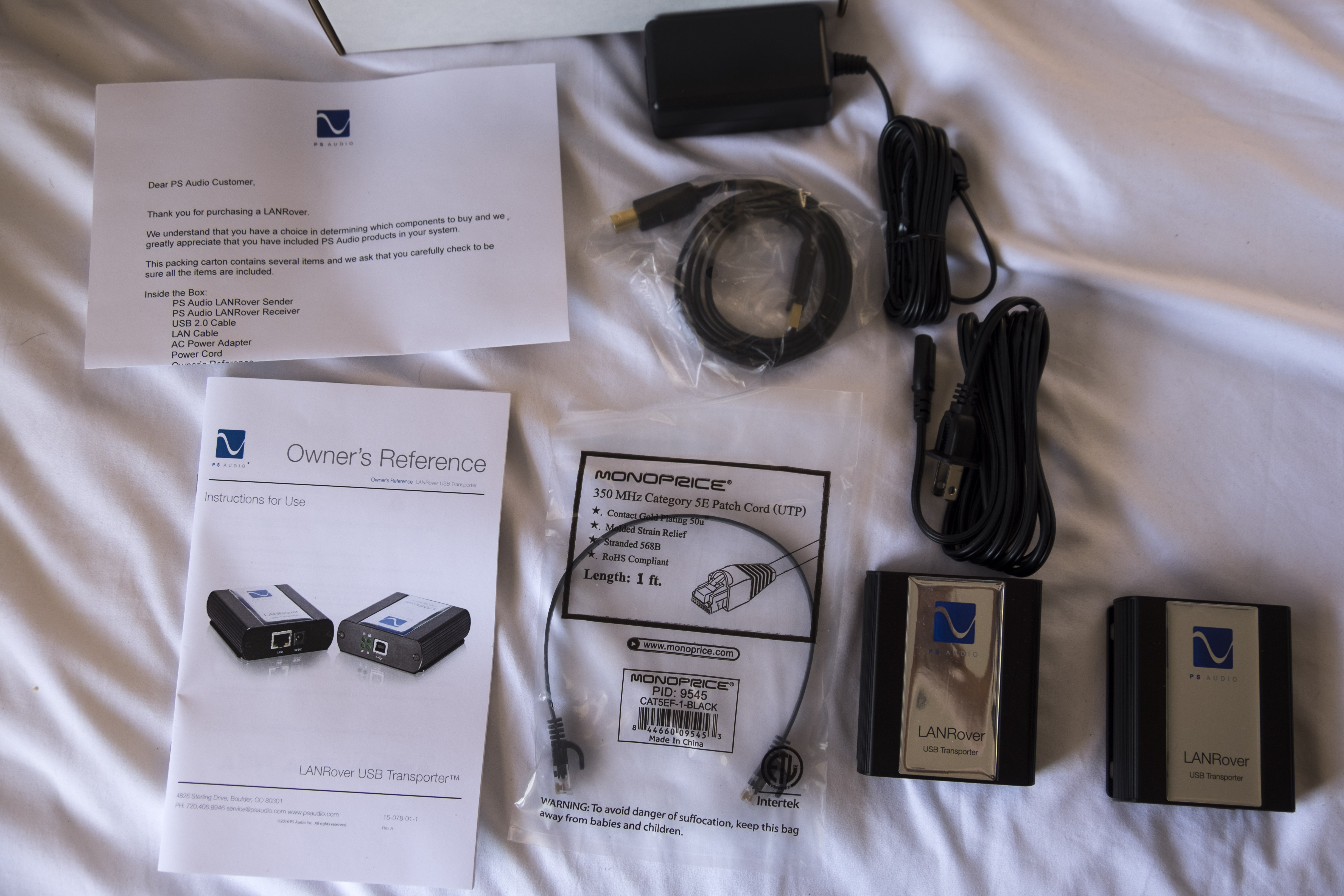
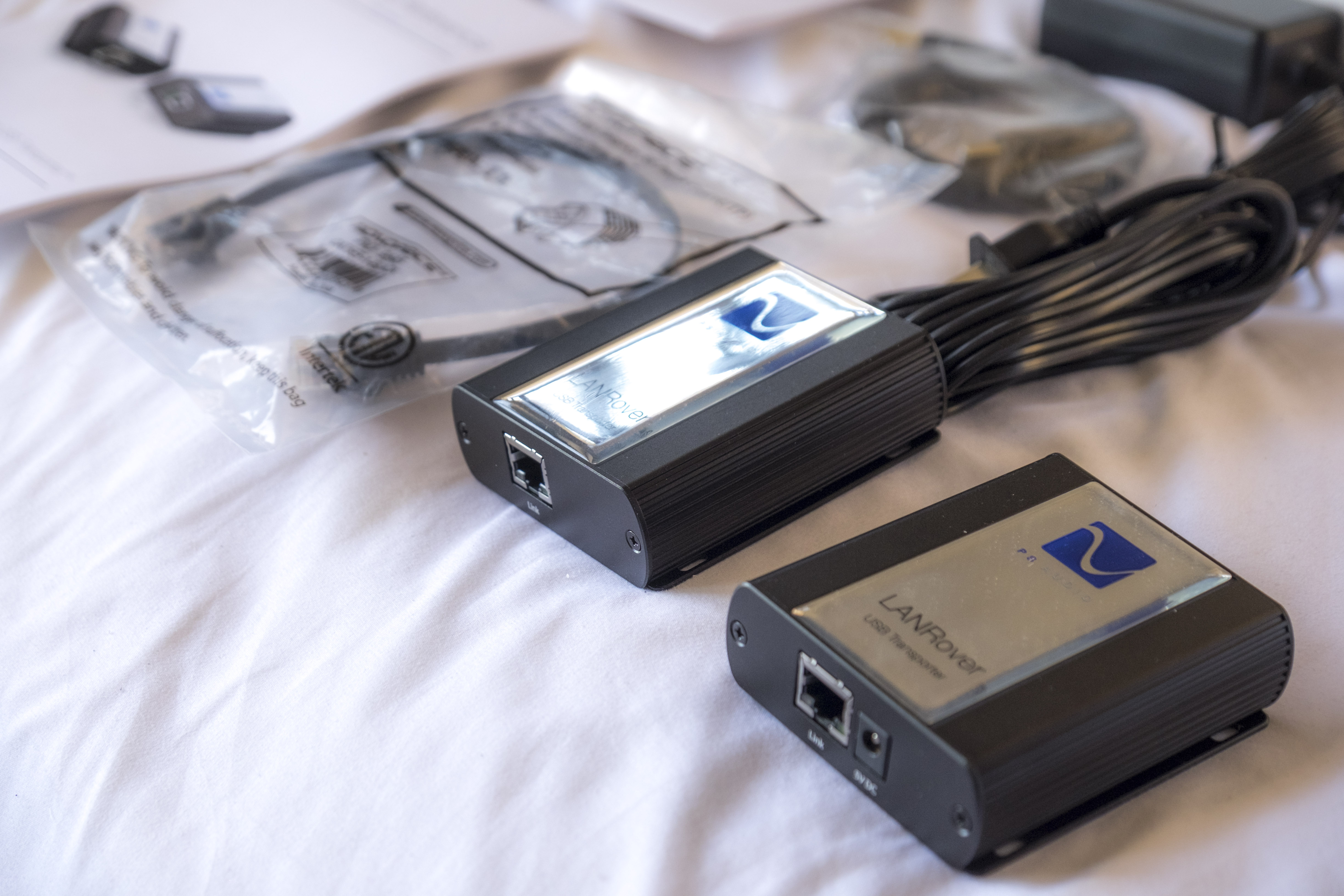
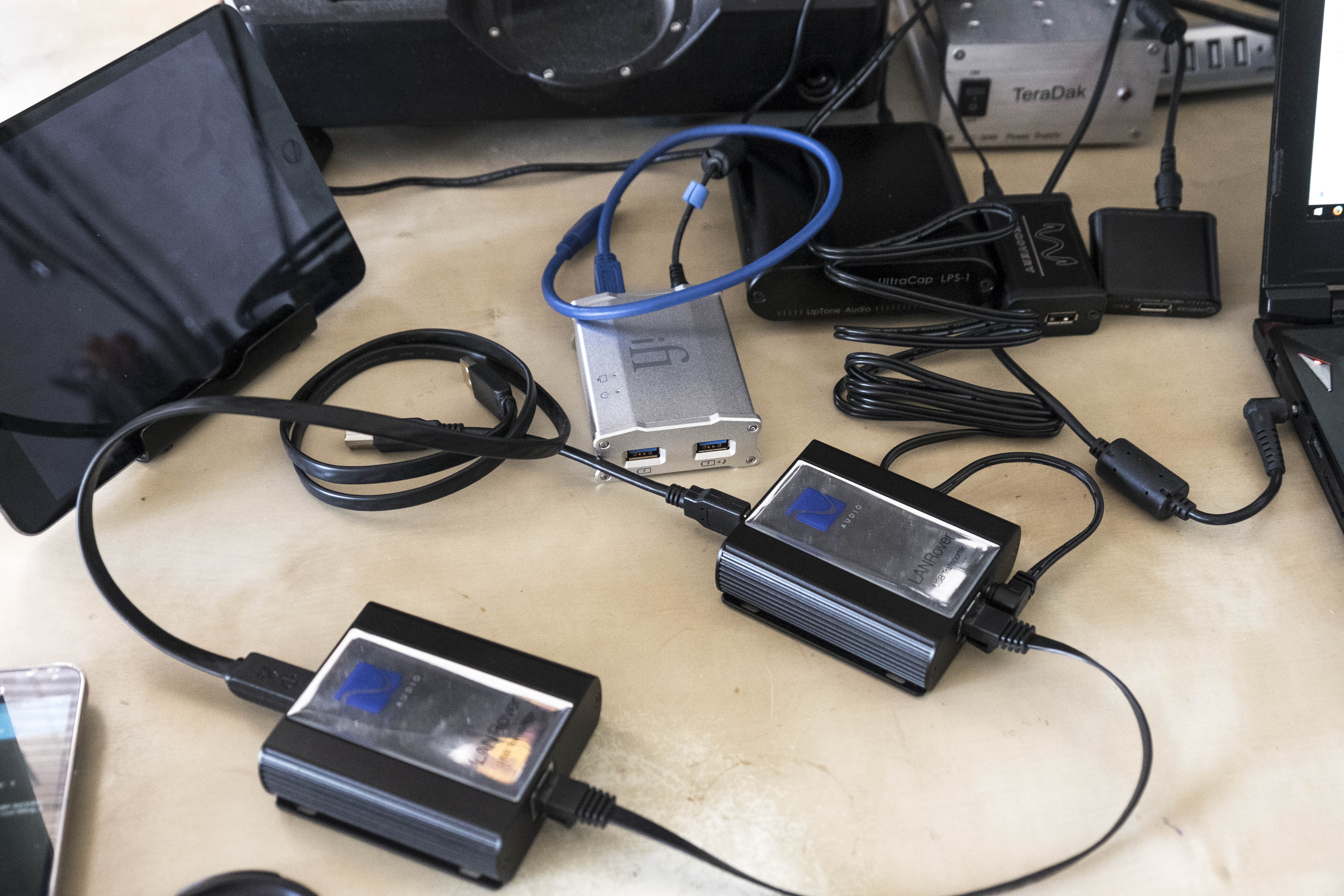

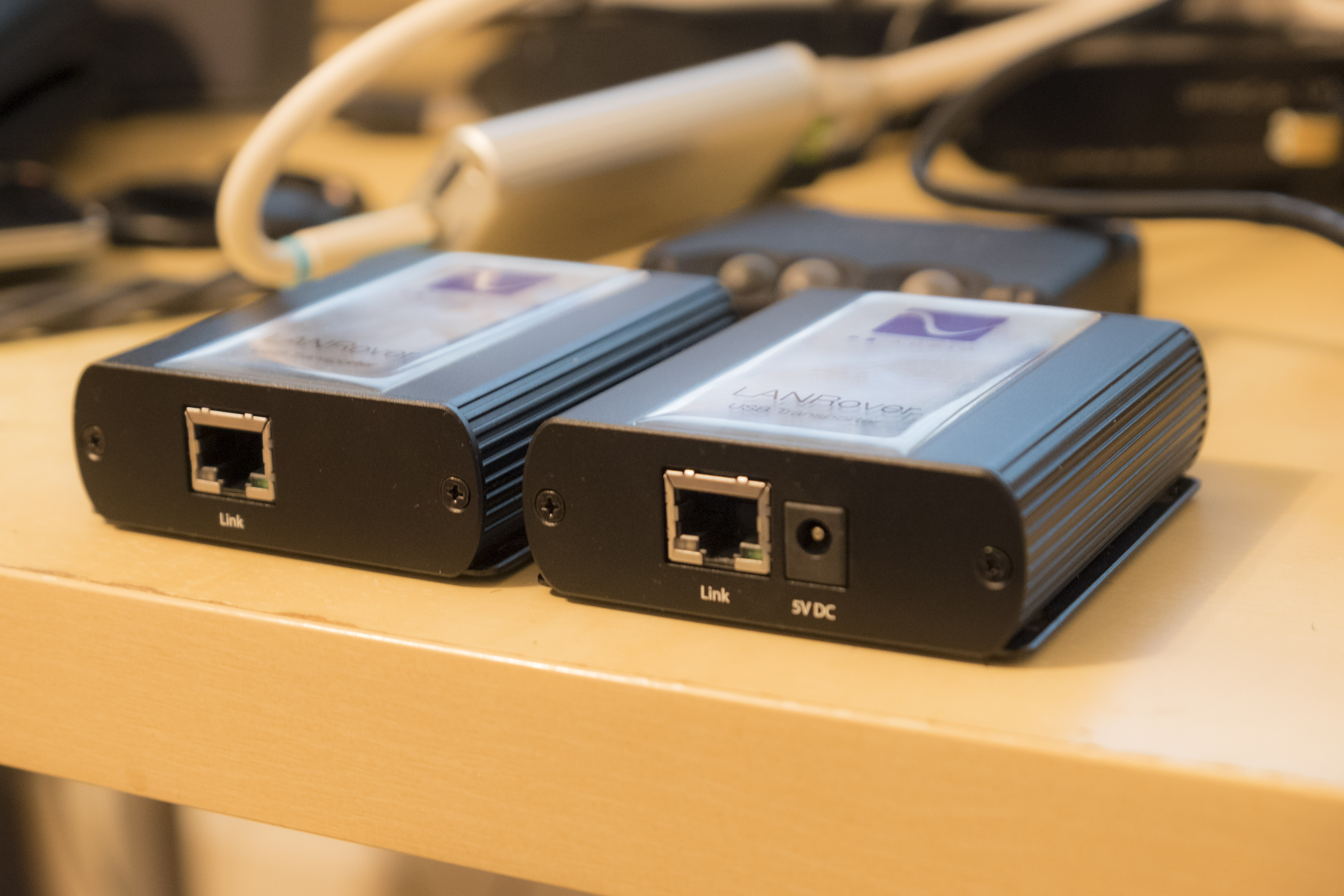
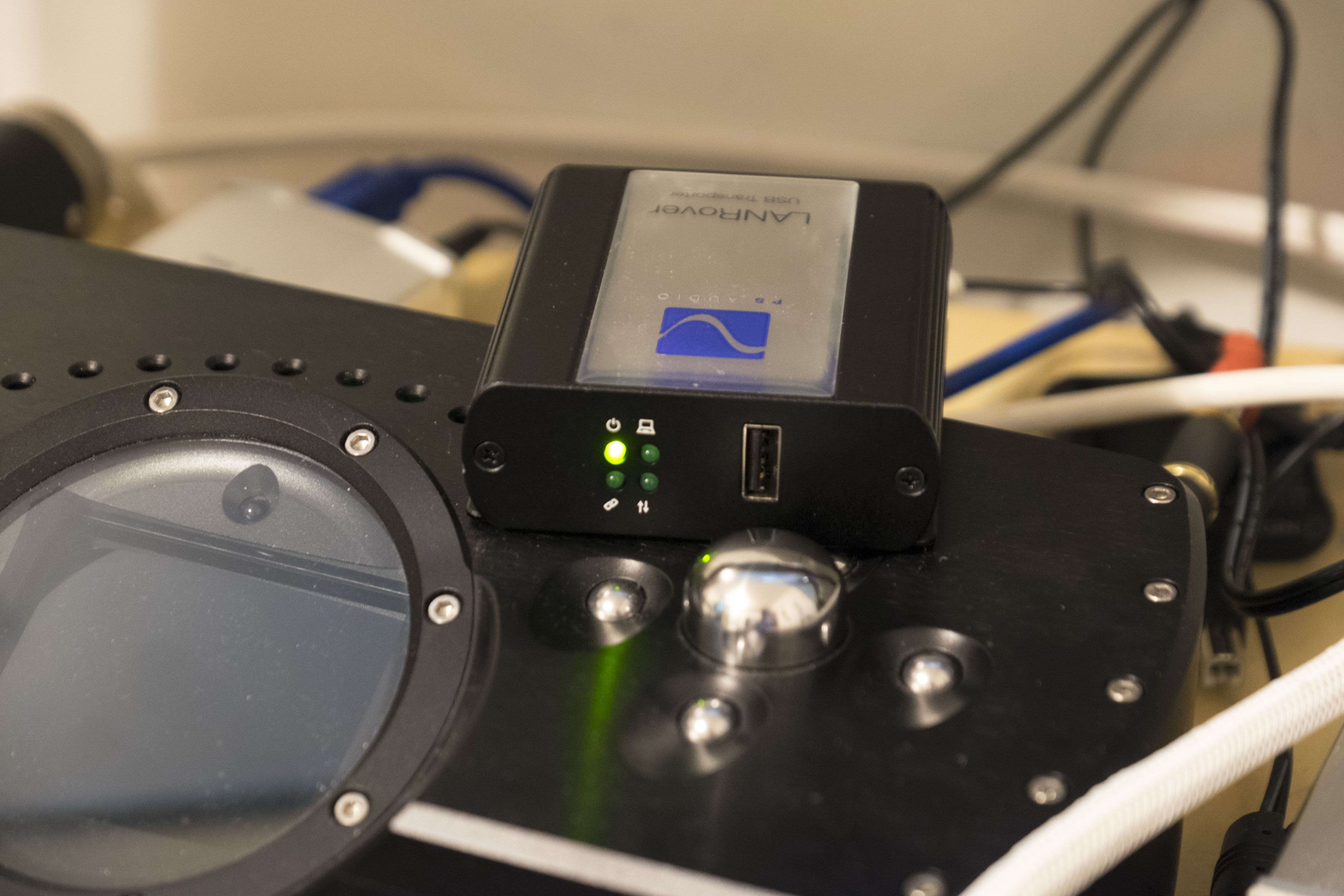



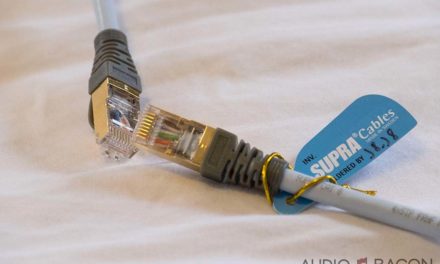
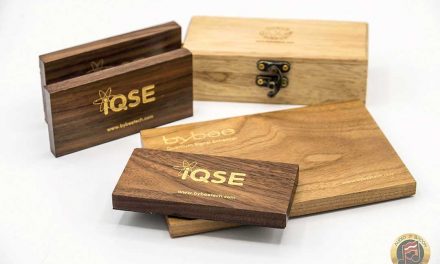
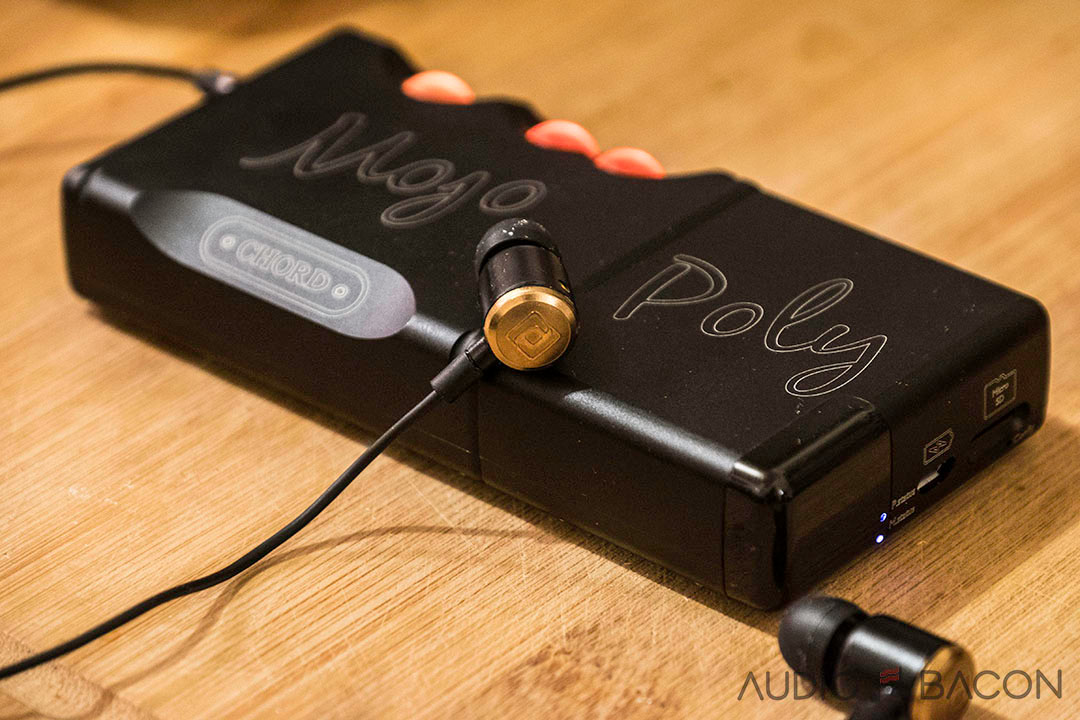

Interesting review, thanks. Regarding the SOtM cable, do your cables have the the standard or high grade connectors? Quite the premium get these instead of the standard connectors…adding these to a 1M length almost doubles the price of the cable…
I’m using standard connectors. I’ve tested quite a few Ethernet cables in the past and the SOtM just sounds leagues above the rest, even with standard connectors. Can’t imagine what the high-grade connectors could do.
So the ethernet cable matters? Is this also true with the mRendu?
Also, did you try the LPS-1 with the PSA?
I currently have a Regen and the LPS-1, I had hoped to add the PSA with the Regen for my setup, but now I’m thinking I should just try the mRendu…
Yes, the ethernet cable matters, even with the mR. In my experience, using a powerline ethernet adapter deteriorated the sound quality so I’ve stuck with a dedicated 5GHz wireless band and a bridge. I have a feeling even the bridge used would affect sound. I couldn’t try the LPS-1 with the PSA. Didn’t have the right adapter.
I’m using a MCRU power supply with my LANRover, into a DAVE, which is a definite improvement. Over the stock supply. It would be interesting if you carried out the comparison with the mR with something better than the stock power supply.
Yeah agreed. The only PSU I had here was a TeraDak and the LPS-1. Both of which didn’t fit the PSA :T Possibly for a future review 🙂
Any experiences with different usb cables and the PSA? That is, did you use the supplied usb cables or somethign better? Obviously needs two to work.
I did not test different usb cables. From the PSA to the DAC, I used an USB-A/B adapter (no cable). It would be interesting to note…even the adapters sound different between each other and a usb cable. That said, I would presume the cables would affect sound quality. What I took away from this was “Use high quality adapters/cables whenever you can. Especially if you’re going to use it on a DAC like this.”
Hi,
How did you connect the microRendu to the LAN Rover? The only way I see to is microRendu into LAN Rover. Very curious what your set up is?
Thanks,
Steven
that’s what I was looking for ,.. you need to review Singxer SU-1 ?
I’ll attempt to get a review sample 🙂
I’m waiting for your review .
but do you think solution like this will work better : J-Tech Digital ProAV Hdmi Extender Over TCP/IP Ethernet .
I just ordered one .
I just want to say it didn’t work for me , so…..
“I couldn’t get the LANRover to connect as a local device to my Roon Linux server”
Same experience for me. Last week I had a LANRover on trial. First tested it on my office PC setup, direct connection to the Windows PC – absolutely amazing.
Then I moved it to the listening room with a direct connection to my sonicTransporter, which does output audio via USB through Roon (enabling local playback). It works fine with my Dac connected directly to the sonicTransporter but with the LANRover inserted in, it wouldn’t play nice. Strange because the sonicTransporter is based on Linux (it has all the drivers needed) and the LANRover doesn’t need any drivers on any OS to work so it should be the most seemlessly working combination.
Finally I moved the ‘sending’ LANRover unit to the office and tried to get it working over the network (the name LANRover and the manual suggests this should have no problems). But sadly it didn’t play nicely with my home network. I’ve replaced it with a microRendu and LPS-1 which has no issues on my network.
It’s a real shame because if it had worked I loved the LANRover sound so much, there’s no way I’d return it to the shop for a refund.
If it works in your setup (direct connection to a Mac or Windows) you will no doubt love it. Great product if you can get it to play nice with your computer and/or network.
Totally agree with you. I haven’t revisited the issue with having the LANRover on my Linux box but, as you’ve done, just ended up using the mR + LPS-1. Hopefully you were using a high quality ethernet cable (the one they supplied me as a Monoprice one). It makes a remarkable difference. There was a point I actually thought the LANRover sounded worse than the Uptone Regen with a horrible cable.
Hi Jay, yes I use a Blue Jeans Cat 6a (floating shield design) as recommended by Sonore and Uptone and others, so I used that with the LANRover. Very well made cable and doesn’t cost an arm and a leg 🙂
It’s bugging me that the LANRover didn’t work because I would love to output all my PC sound to my Dac (not just playing Roon, but also playing videos etc). I guess I’ll need to use a microRendu with my music room and maybe the upcoming Uptone ISO REGEN for my PC desktop setup!
Unless I find a LANRover 2nd hand because that did a great job in a direct connection to the PC.
Ah, I see your post above.
It would be interesting to see how the USB adapter compares to a good USB cable.
Adding 2 good USB cables to this setup is an expensive proposition.
I haven’t tried other adapters but I’m sure they make a difference. If you could find a used Curious USB cable that might be an affordable option. If you have any suggestions on short adapters, please let me me know.
I am reading more about people wanting these conditioners to be Ethernet vs USB based…do you think we will see more of this in the future? What are the advantages! Would our DACs have to then change?
Hello,
Love your site. You compare the nano iUSB, but what about the ifi micro iUSB3? This is higher spec and is actually cheaper than the PS Audio LAN. Prices are quite similar here in the UK.
Any thoughts on those? I’m putting this between a Macbook Pro 2014 and Chord Qutest. And I don’t need the LAN functionality, everything is in the same place.
Cheers,
Will
So how do these compare with the sMS-200 Neo and sMS-200ultra Neo? I use Roon on my PC to sMS-200 to Jitterbug to Mytek Brooklyn Dac+ to hi-fi. Wondering where the next improvement lies.
Hans Beekhuyzen has a video in his youtube channel almost responding your question, when he compares tu sms-ultra vs. the non-unltra in his Brooklin DAC+